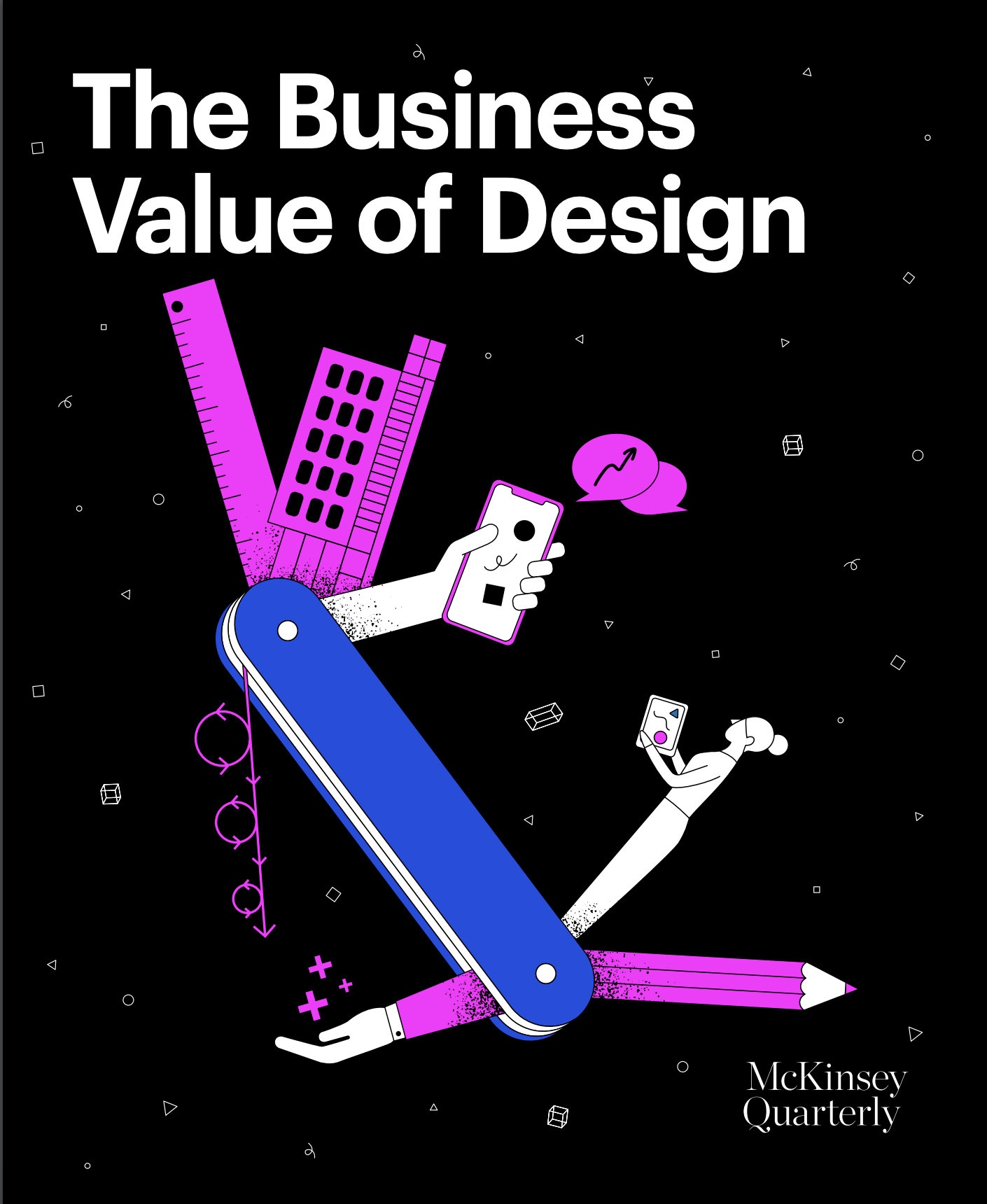Summary
The message coming from every keynote, panel discussion, article or research study is clear that digital transformation is not just imperative for all enterprises but it will permanently alter consumer interactions with their products and services.1 Digital transformation is the application of digital technologies such as mobile data analytics and smart embedded devices to reinvent customer relations and business processes. Worldwide spending on digital transformation related technologies and services is expected to approach $2 trillion by 2022, according to IDC. 2 Hence, the healthcare industry as well, has to transform its processes to respond to the new realities of digital technologies in an increasingly competitive world by continuing to invest in digital technology. But at the same time, there’s a need to reshape patient-care operations in this dynamic environment. Amid the intricacies of digital sophistication, the clamour to put customer services and customer expectations at the centre of all digital and service interactions has grown stronger than ever before. Adopting a customer-centric mindset in unifying products and services through human-insights, and not through digital transformation, is an important piece in the customer experience endeavour.
In the wake of digital transformation, businesses are overlooking consumer behaviour favouring instant gratification through technology hoping customer loyalty and dollars will follow, but they’re missing a fundamental point. Instead of depending upon digital transformation as a means for delivering an exceptional experience they should be focussing on customer needs through gathering & relating human-insights to actual needs. It is therefore important for businesses to build a customer experience strategy that looks at finding insights instead of merely depending upon digital transformation for analytics — the better experience customers have, the more repeat and positive reviews they’ll receive while simultaneously reducing customer complaints and frustrations. 3
In this context, what should be the strategy for the healthcare industry to drive digital transformation from a ‘user-first’ standpoint? What measures must healthcare businesses need to adopt for catering to patient needs & expectations? What parts of their business strategy must need to change for encouraging a positive change & enhancing the quality of healthcare services with technology? Most importantly, could technology alone be adequate in solving human-centred problems? These and many more such conclusions around an overall healthcare optimization planning could be explored by applying relevant phases of the ‘patient-centred design model’.
Continue reading…



